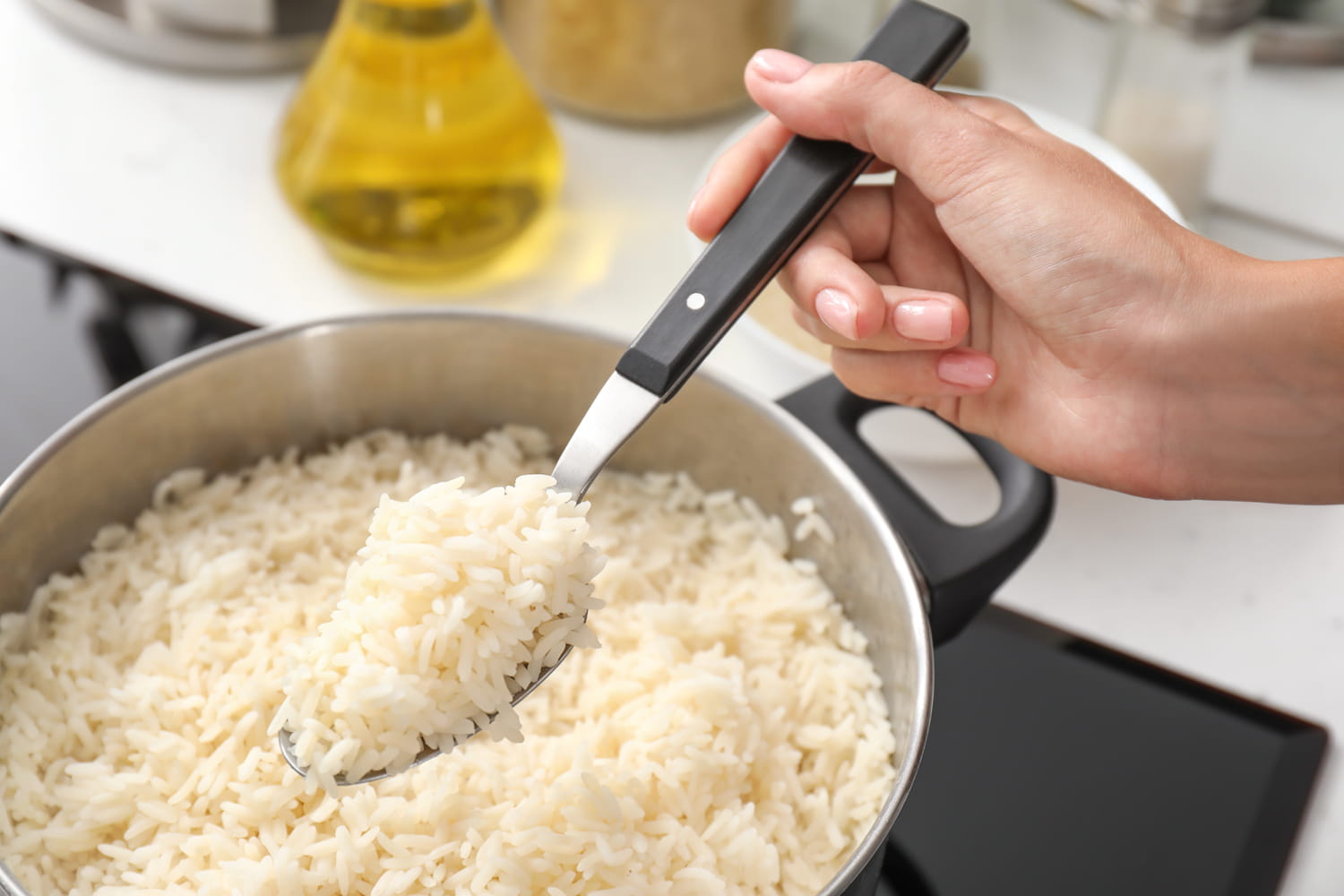It contains hydrocarbons suspected of being carcinogenic and endocrine disruptors.
Rice is the second favorite star of the French who consume more than 5 kilos per person per year on average. Essentially cultivated in China and India, this cereal is – on paper – all that is healthier. Except that not all rice are created equal. In a very detailed comparison, the UFC-Que Choisir tested 10 references of basmati rice (including 4 organic) sold in supermarkets and pointed out the worst.
They carried out Laboratory DNA tests to check the authenticity of the samples. They also carried out physicochemical analyzes, in order to control their humidity and their content of various contaminants: arsenic (toxic and carcinogenic at a certain concentration), hydrocarbons derived from mineral oils, aflatoxins (molds), pesticide residues (insecticides, herbicides, fungicides). organic) have obtained a note greater than 15/20 and are distinguished by an almost perfect content or very low in pesticides, aflatoxins, hydrocarbons and arsenic: white basmati rice “India around rice” and white Taraori basmati rice “artisans”. Lustrucru Basmati “selection 10 minutes” rice arrives in third position (14.5/20).
On the other hand, with a note of 9.5/20, the basmati rice of the brand U Origin Penjab (India/Pakistan) is the worst for health, according to the tests led by the UFC-Que Choisir. It is the only one below the average. It contains moah hydrocarbons suspected of being carcinogenic and endocrine disruptors. As well as b1 aflatoxins, genotoxic and carcinogenic mycotoxins (the B1 is the most harmful). This pollutant remains at lower levels with regulatory limits but is harmful for the body.
Basmati U rice also contains piperonyl butoxide (PBO), a synergning intended to improve the efficiency of pesticides. “”As it is not regulated in the EU (France has set a maximum limit of residu), it is poorly known. We therefore do not know much about possible health effects“, Can we read on the comparison. Finally, it contains, like all the rice of the test bench, the arsenic, but at a dose not exceeding the regulatory limit.”French people consuming little rice, the health risk (linked to arsenic, editor’s note) is moderate“Depending on what to choose.
Basmati rice must come from India or Pakistan. According to the union of the French Rizerie, the name “Basmati rice” is authorized when the percentage of non -basmati rice does not exceed a rate of 7 %. It is an internal rule in the sector and does not constitute an obligation of labeling for the consumer. The authenticity of all the basmati rice of the test bench has been confirmed.










